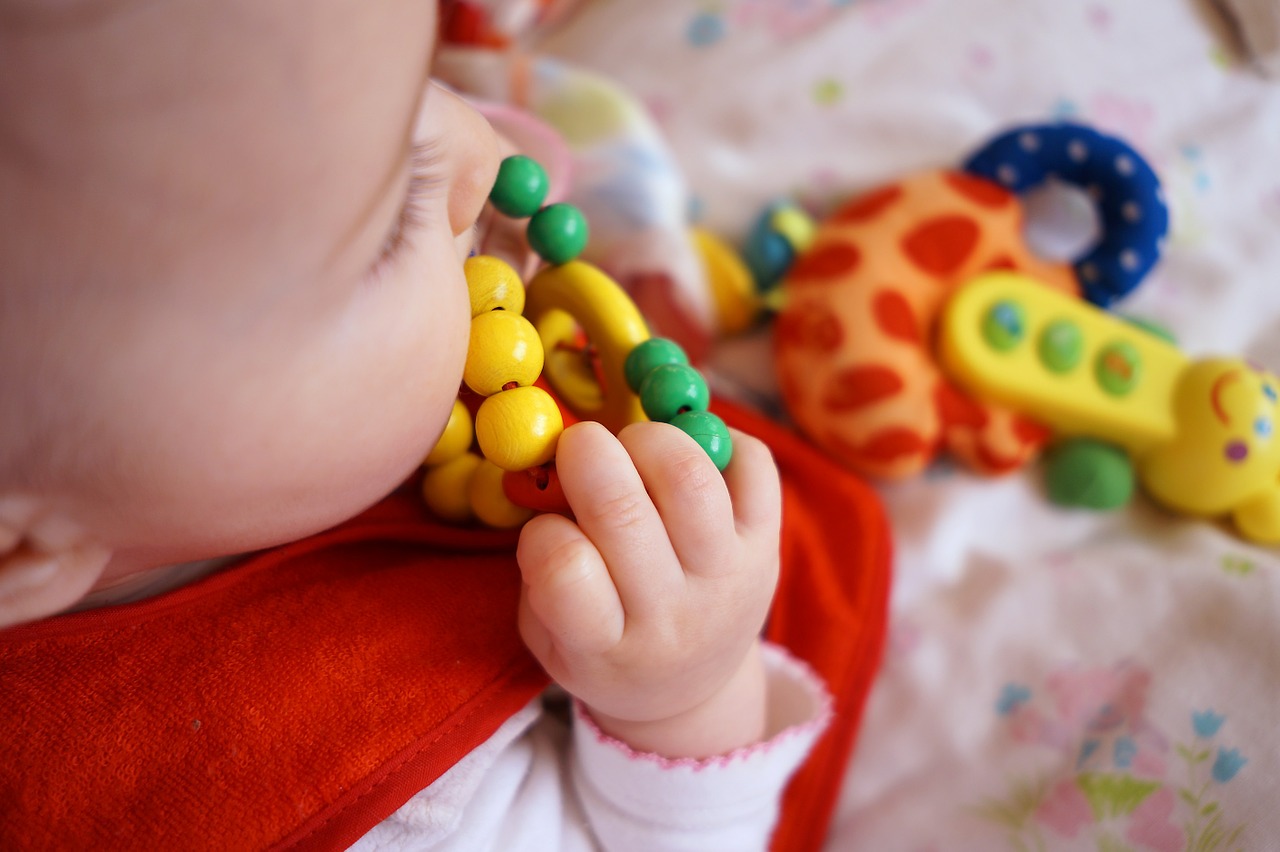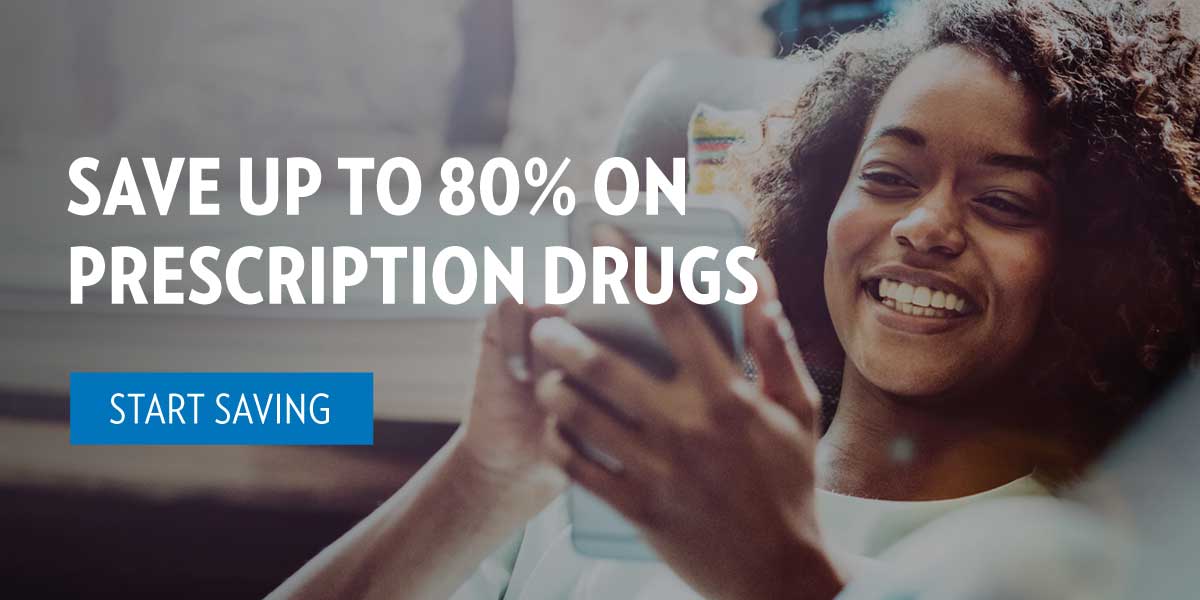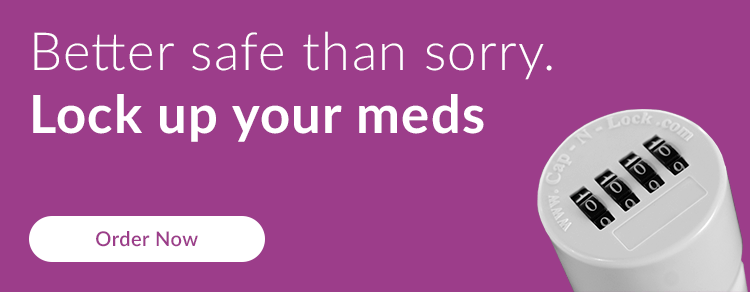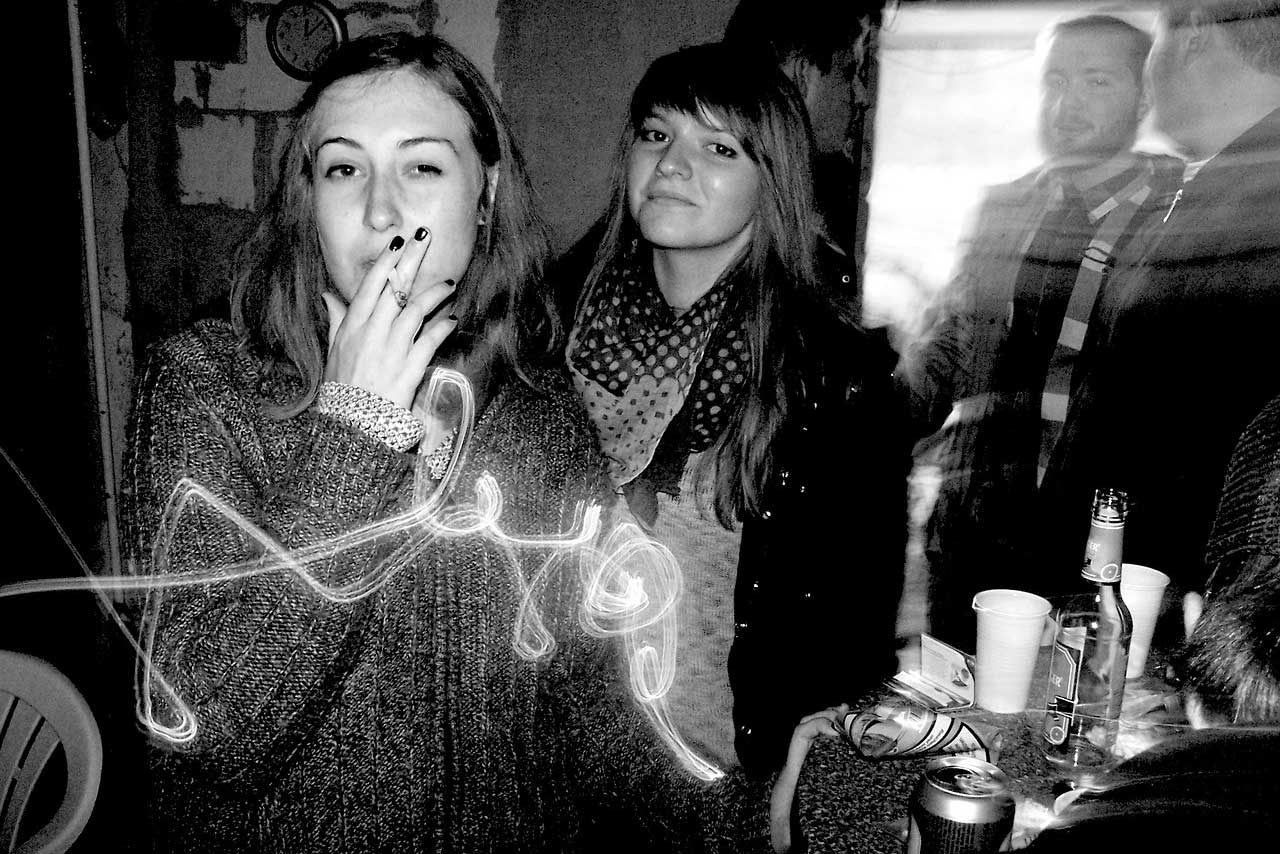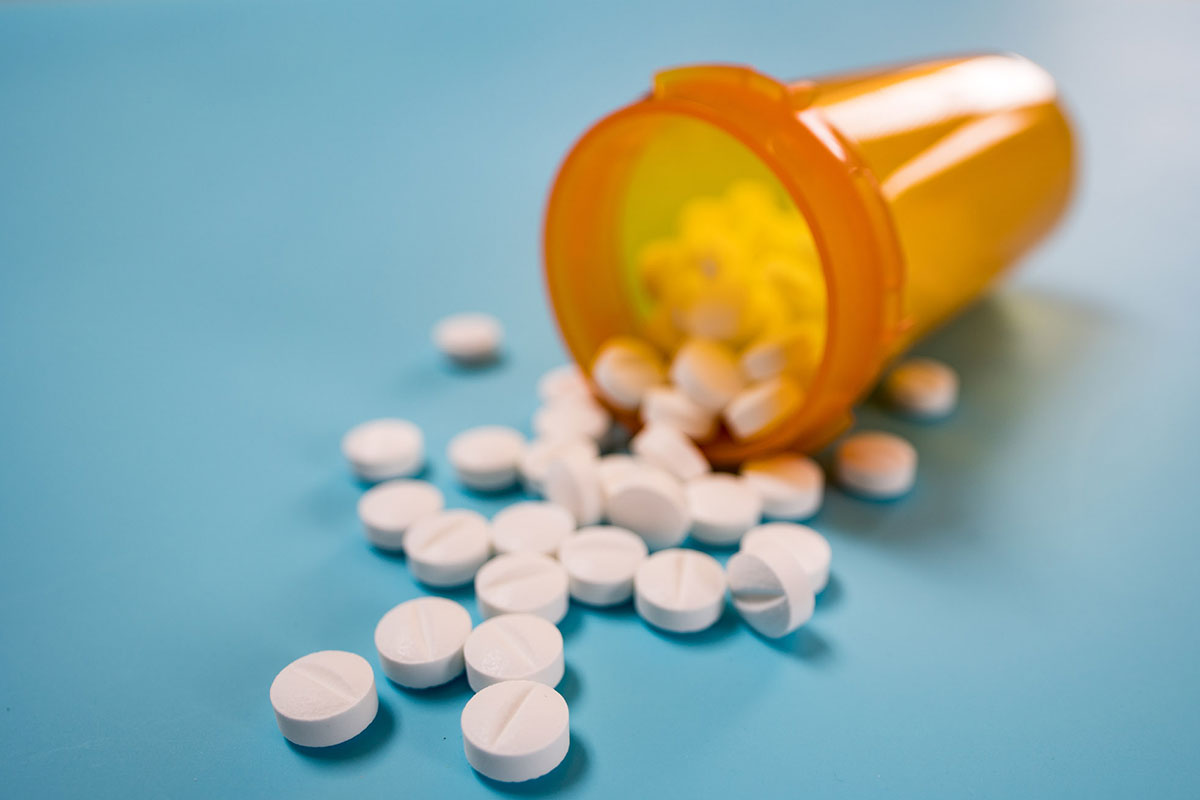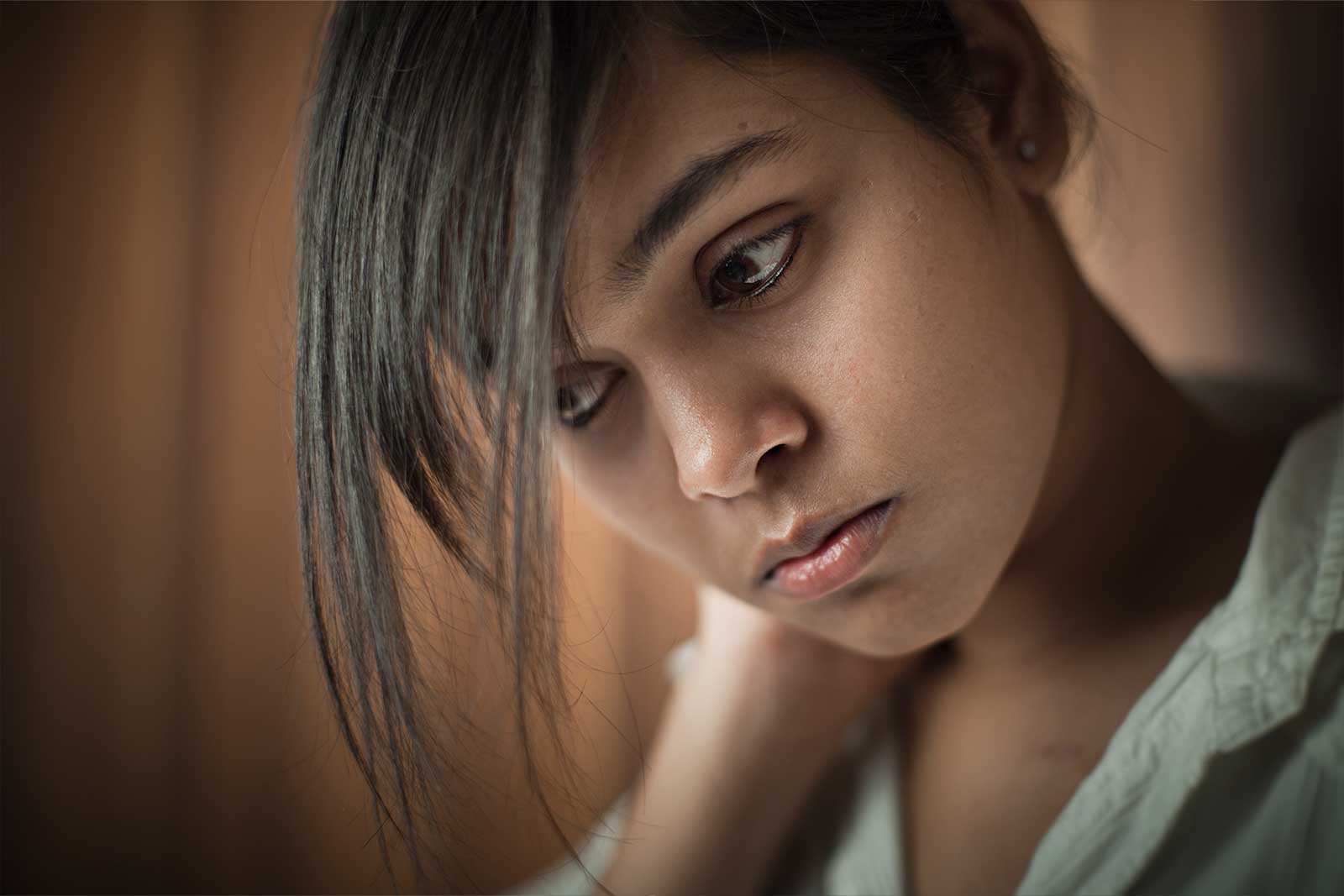Part of bringing home a new baby is a careful consideration of just how you will keep your new baby safe. Are you ready to test your Baby Safety IQ? Let’s see how many of these baby safety questions you can answer correctly.
Baby Sleep safety
Where is the safest place for your baby to sleep?
Many experts agree the safest place for your baby to sleep is in a crib or bassinet placed within arm’s reach of your bed. This allows you close proximity to breastfeed, bond, and respond quickly to your baby, while eliminating any potential risks that come from baby sleeping in your bed. Many parents opt for a co-sleeper or bassinet that attaches to an adult-sized bed, allowing baby to sleep right next to you. Wherever your baby sleeps, it should be free from soft bedding, blankets, pillows, or toys. A tightly-fitted sheet should be the only thing in the crib, aside from your baby.
What is the safest position for your baby to sleep in?
Research has shown that the safest position for babies to sleep in is on their backs. The back sleeping position carries the lowest risk of SIDS. Back sleeping babies are also less likely to get ear infections, fevers, and stuffy noses. All caregivers should be instructed to place baby to sleep on his back only, as many instances of SIDS occur when a non-parental caregiver places a back-sleeping baby to sleep on their tummy. Between 4 and 6 months of age, your baby may start rolling over on his tummy on his own while sleeping. You do not need to turn baby over if this happens, just be sure that every time you place baby to sleep it is on his back in a safe sleeping environment.
Baby Bath Safety
How many inches of water should be in baby’s bath?
The tub you bathe baby in should contain no more than 2” - 4” of water. Once baby is in the tub, do not leave his side or take your eyes off of him for even a moment. Babies can drown in less than an inch of water. Prepare your supplies beforehand, and always keep one hand on baby while he is in the tub. It only takes a second for baby to slip or wiggle into an unsafe situation in the bath.
What temperature should your water heater be set at?
Your water temperature heater should be lowered to 120 degrees (F). Most water heaters leave the factory with a default setting of 140 degrees – at this temperature, it only takes three seconds for a child to get third-degree burns from the water. The optimal temperature for your baby’s bath water may vary, but 100 degrees is a safe place to start. Look for a bath thermometer to help you land on the right temperature, and always test the water yourself before placing baby in it.
Baby Room Safety
What cribs are no longer considered safe?
Cribs with drop-side railings can pose a serious safety risk to babies. The railings can come loose, and a baby can become entangled in the space between the drop side and crib mattress. Sales of cribs with drop sides have been banned since 2010, but this style of crib was very popular for decades. If you are using a crib that was manufactured prior to 2010, be sure that it is not a drop-side crib.
How many detectors should be in baby’s room?
Every bedroom in your home should have 1 smoke detector, and every floor of the home should have 1 carbon monoxide detector. Smoke alarm batteries should be changed annually, and alarms should be tested each month to ensure they are properly functioning. Carbon monoxide detectors can alert you to this toxic gas that is odorless, tasteless, and colorless. If home appliances or fuel burning heaters malfunction and release this gas into the air, it can lead to carbon monoxide poisoning and death.
Baby Feeding Safety
At what age can your baby safely have honey?
Honey should not be given to your baby until after his first birthday. Honey can contain spores of toxic bacteria that can cause a severe foodborne illness known as botulism. Babies and toddlers are very vulnerable to food poisoning and foodborne illness because of their developing immune systems. According to the Center for Disease Control, children under the age of 5 are hospitalized for foodborne infections at a higher rate than children older than 5. Avoid feeding your baby raw or unpasteurized dairy, eggs, meat, or juices to reduce their risk, diligently inspect the food you are giving your baby, and always handle food with care and caution.
Can breast milk be microwaved?
A microwave oven should not be used to heat or thaw bottles of breast milk. Since microwaves do not heat food evenly, the milk could have areas which could scald baby. Uneven heating could also damage the milk itself. To safely thaw a bottle, put it in the fridge and allow it to gently thaw overnight. When thawed milk needs to be heated, fill a large bowl with warm (not boiling or hot) water. Set the bottle inside the bowl, and let the warm water heat it up for 2 - 5 minutes.
Baby Medicine Safety
Where should medicines be kept?
All medicines, vitamins, and supplements should be stored out of reach and out of sight of children. Babies and toddlers can get into medication in purses, backpacks, and nightstands. Medications are the leading cause of child poisoning, and one child is seen in the emergency room every eight hours for medicine poisoning.
Inspect any environment where baby might be spending time without you too. Relatives and friends may not be as vigilant as a parent, and accidents can occur when you aren’t there. Medicine belonging to a parent or grandparent is responsible for 3 out of 4 emergency medicine poisoning emergency room visits.
Consider using a locking prescription pill bottle to help keep your baby safe in the event he accidently gets access to your medicine, supplements, or even his vitamins. Encourage anyone who watches your child to secure medication to do the same.
Is it safe to put numbing gels on teething gums?
Numbing gels containing benzocaine products should not be used on children under the age of 2, so that means you should not use them on your baby’s gums while teething. Products containing benzocaine have led to a rare but serious condition called methemoglobinemia, which can sometimes be fatal. Methemoglobinemia can reduce the amount of oxygen transported through the bloodstream, and children under the age of 2 are at a higher risk. When your baby has sore gums from teething, give hims a cool teething ring or clean, cool, wet washcloth to chew on instead.
How many of these baby safety questions did you already know the answer to? Learning everything you can about keeping your baby safe is smart parenting, and you are doing the right thing. Download the Ultimate Baby Safety Checklist and take protecting your kids to the next level.
